

Sweden, 1849. A poverty-stricken family decides to move to America in the hope of finding a better and more prosperous life. Although they know the journey will be dangerous and the pressure of facing a new life in a strange and wild land is great, they are determined to succeed.
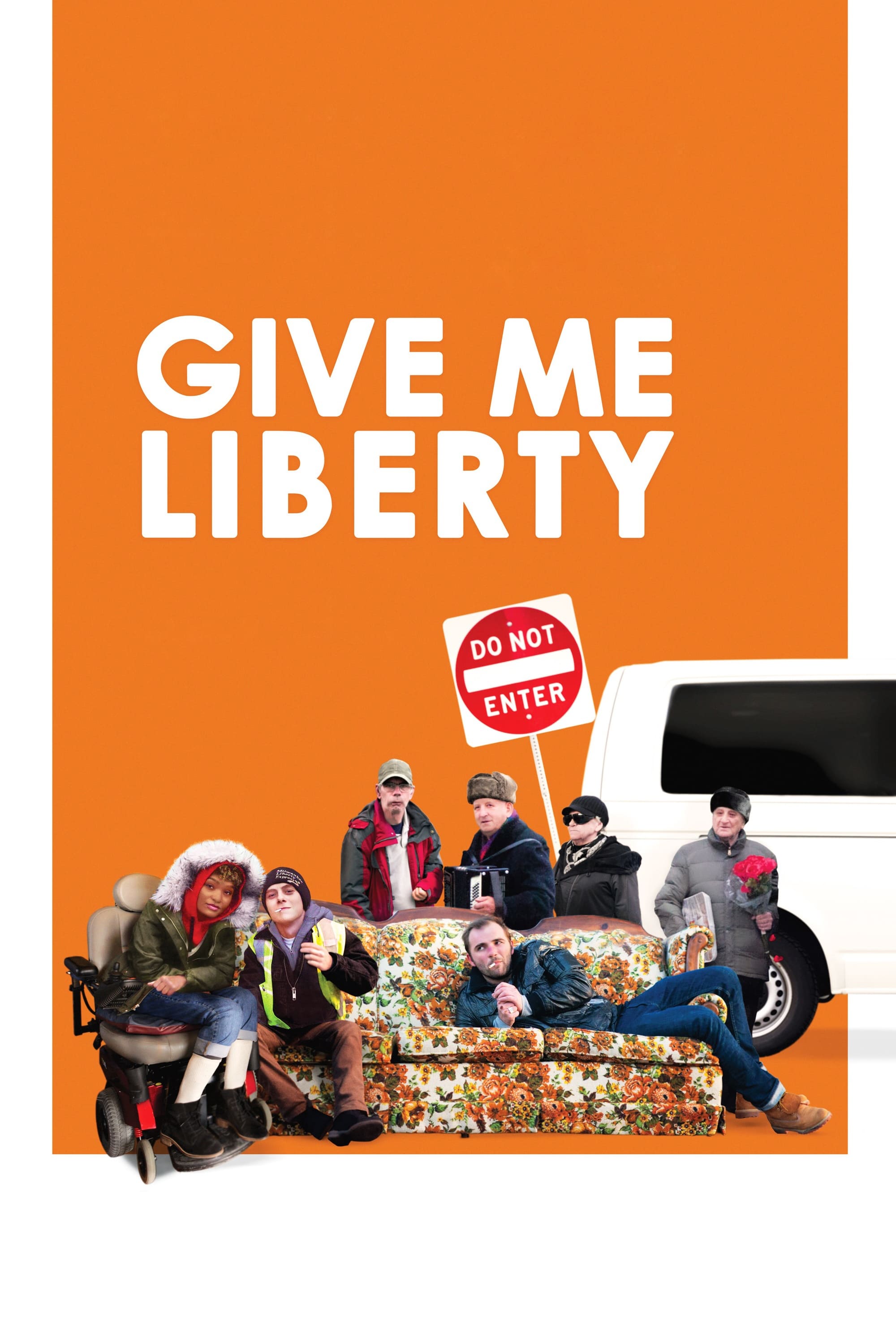
When a riot breaks out in Milwaukee, America's most segregated city, medical transport driver Vic is torn between his promise to get a group of elderly Russians to a funeral and his desire to help Tracy, a young black woman with ALS.
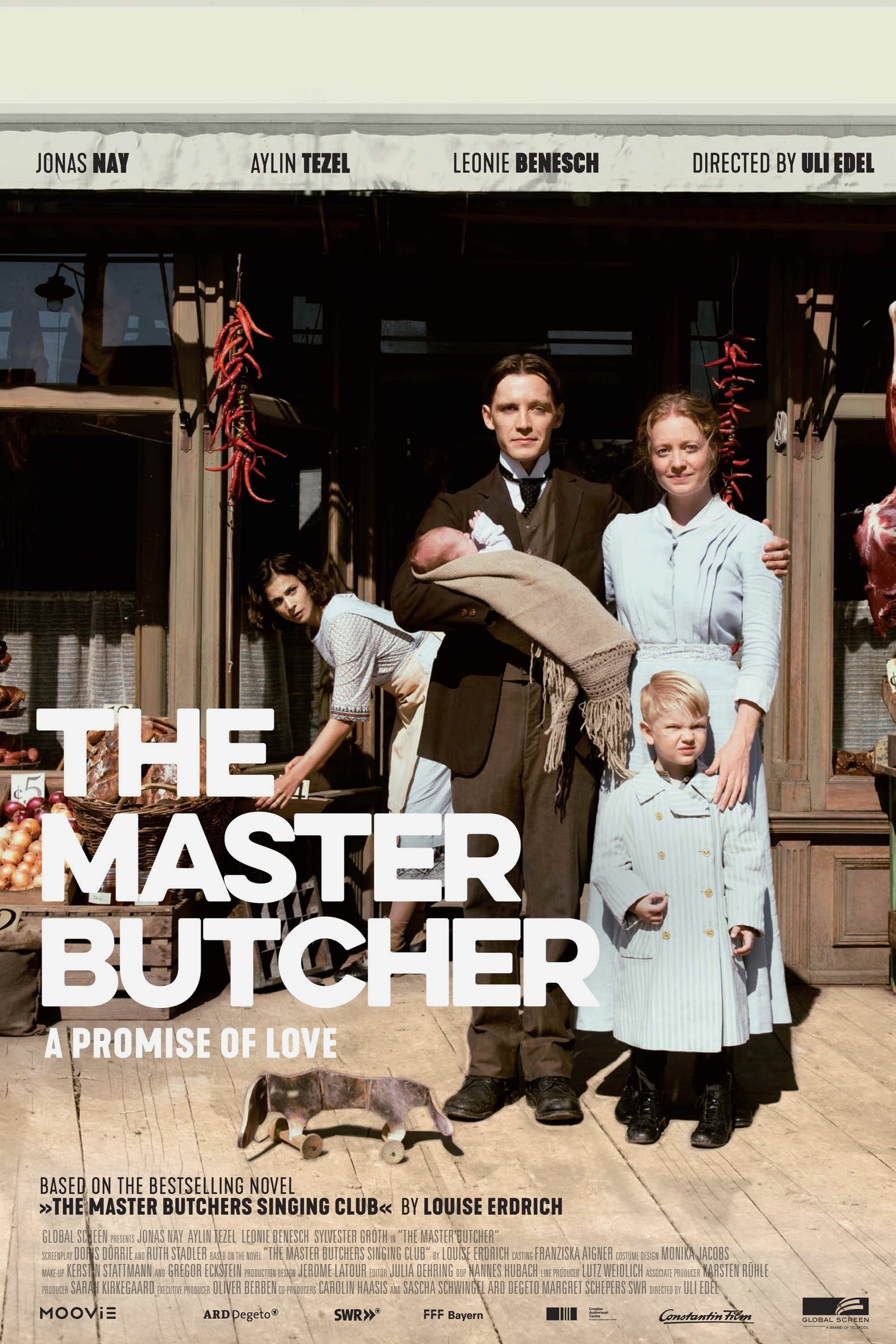
After his return from World War I, there is no more work for Fidelis in his parents' butcher shop in Swabia, Germany. To make a better life for himself and Eva, the former fiancée of a friend who fell in battle, he emigrates to Argus, a town in North Dakota, in the United States. The artist Delphine, in whom Eva will find a friend, also moves there. To relieve Eva's homesickness, Fidelis founds a singing club.

A young Polish-born, Berlin-based lawyer working on refugee cases is unexpectedly reunited with his father, who is his only tie left with his homeland.
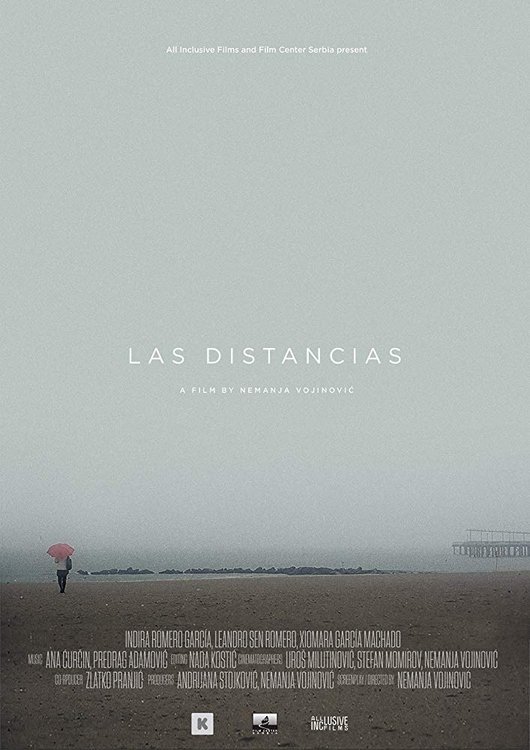
Indira, a Cuban immigrant, succeds to flee to United States, but her emigration has consequences inflicted to her family. In Sanata Claram in Cuba, she left her 11-years-old son, mother and family. In New Jersey, Indira struggles to adapt to weather, different mentality and to a completely new social system.
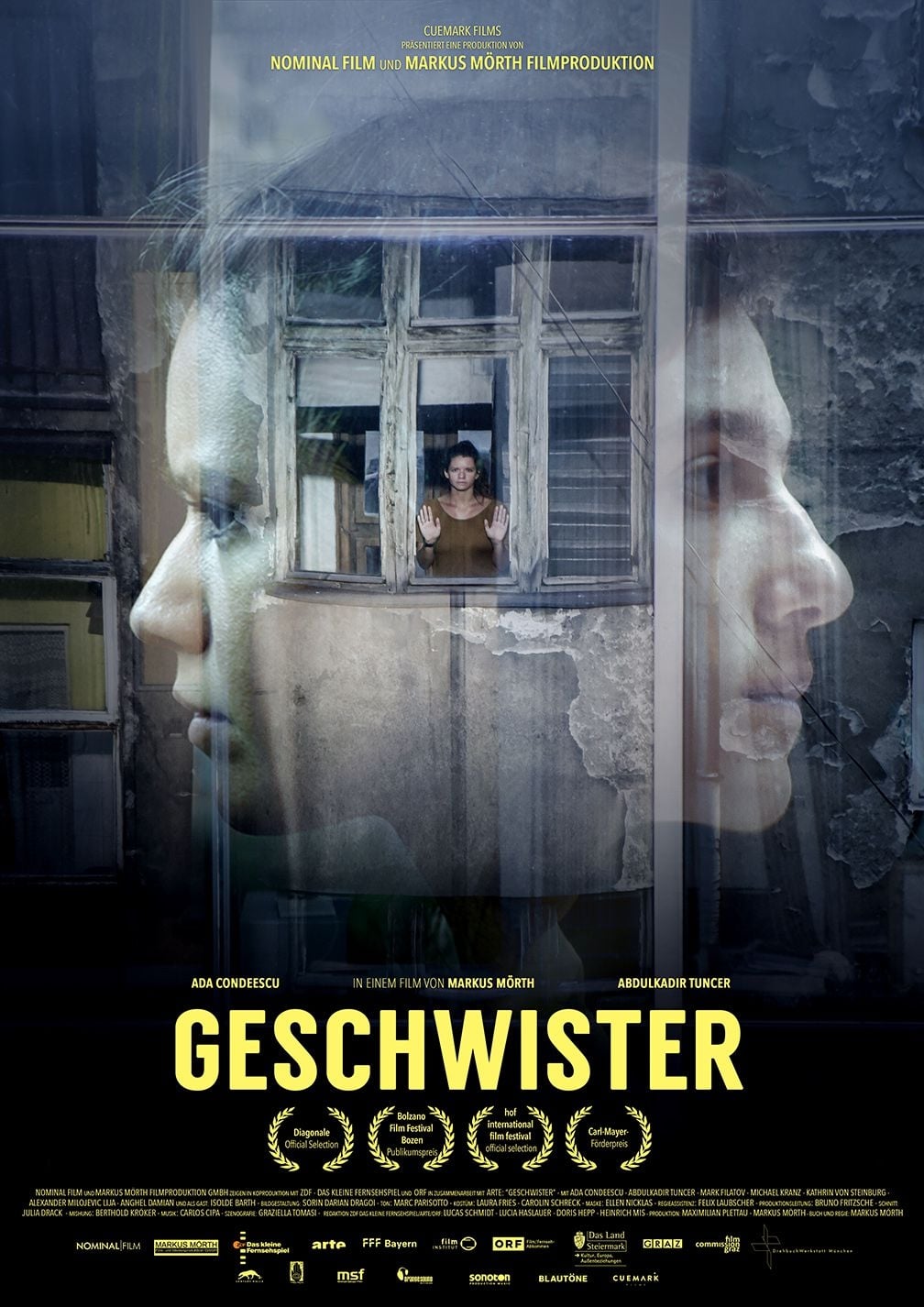
The siblings Bebe and Mikhail leave their country of Moldova to apply for asylum in Germany. Their flight turns into a modern odyssey.

Two young Spanish men, with a university education, are tired of unemployment and decide to move to Germany. But soon they will find out that finding a better living is not as easy as they expected.
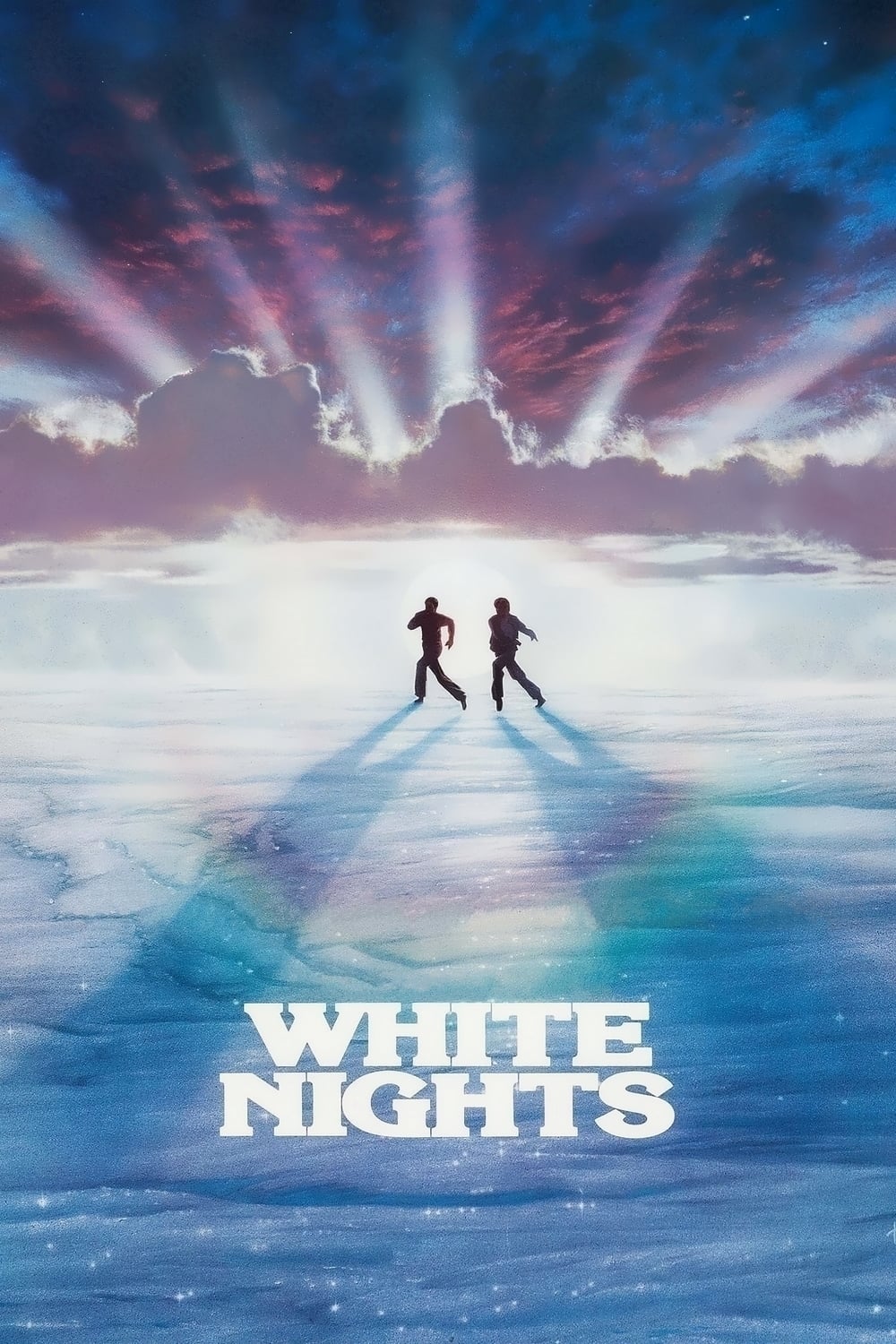
After his plane crashes in Siberia, a Russian dancer, who defected to the West, is held prisoner in the Soviet Union. The KGB keeps him under watch and tries to convince him to become a dancer for the Kirov Academy of Ballet again. Determined to escape, he befriends a black American expatriate and his pregnant Russian wife, who agree to help him escape to the American Embassy.

Not just another documentary on the French resistance movement, this film focuses on one particular group of underground fighters in France: those from Eastern Europe. Many were Jews and all had fled their native countries before the war broke out. They were among the most staunch and fearless enemies of fascism, as shown here in personal interviews and memoirs of war-time experiences. But the most famous of these immigrants were 23 who were rounded up among several hundred Parisians in 1943, tried for their activities, and executed -- all were immigrants under the leadership of the Armenian poet Manouchian. After their execution, Paris was papered with posters decrying these 23 martyrs as "foreign communists."

In the late 19th century, two Swedish emigrants, Lasse Karlsson and his son Pelle, arrive on the Danish island of Bornholm hoping to find work on a farm and save enough money to travel to the United States of America.
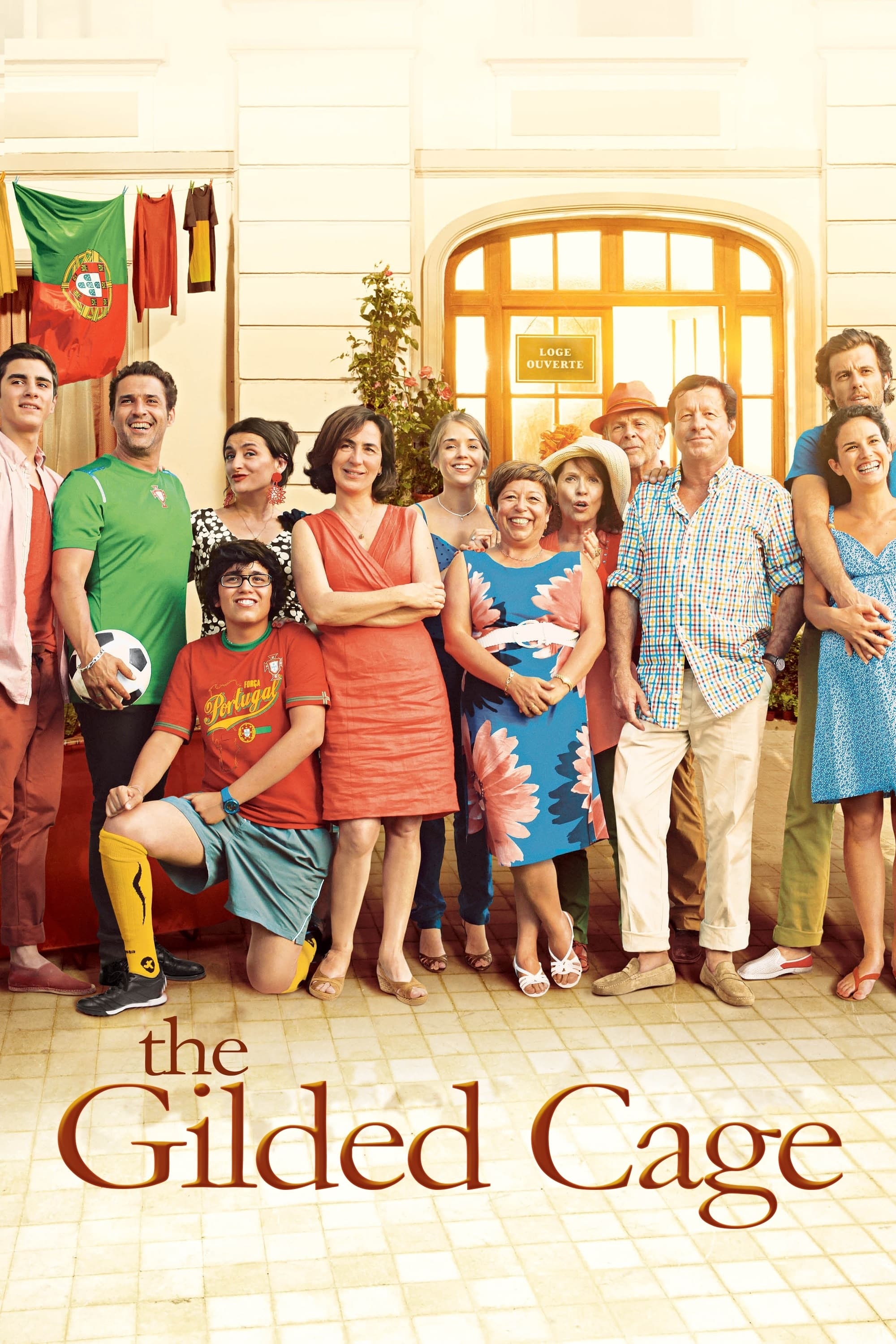
In the beautiful area of Paris, Maria and José Ribeiro lived for almost thirty years on the ground floor of a Haussmann building, in their dear little lodge.
Three intertwined stories about Serbian truck driver who is involved into drug trafficking without knowing, Czech family who live by the road which makes them a lot of troubles since many cars crash into their house, and a bus full of Swedish grannies who go on a Trans-European package holiday.

Three young women from Belgrade, Jelena, Katarina and Marija, meet by accident in New York City. Each has her reasons for leaving Belgrade: Katarina left in the mid 90s in search of a better life, Jelena fled the bombing in the late 90s... Marija's boyfriend, whom she was going to marry, was killed in the war, prompting her to leave the country for good.
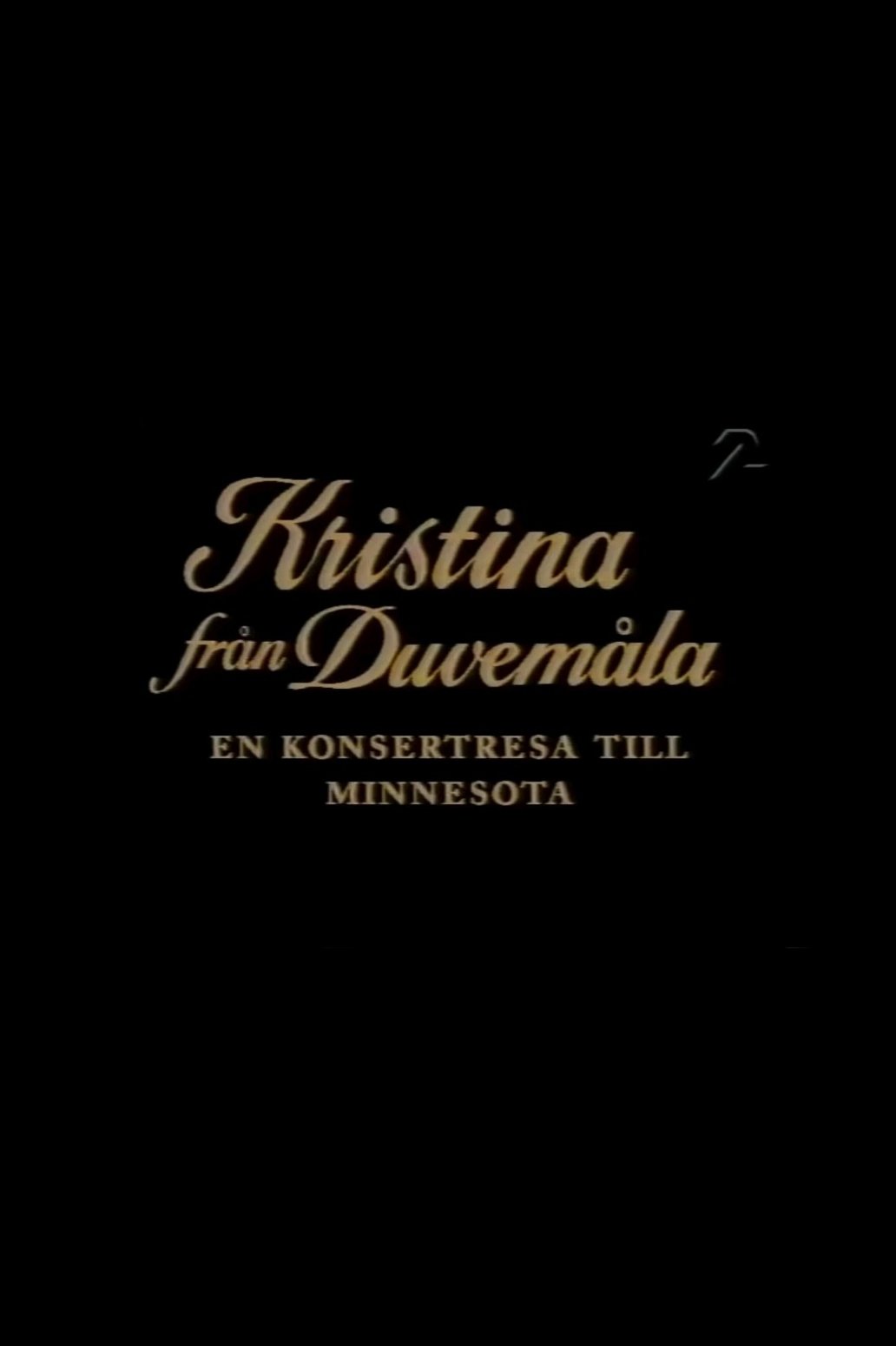
Documents the highlights of a concert version of the musical written by former ABBA members Benny Andersson and Björn Ulvaeus, performed in Minnesota. Based on a series of novels detailing a family's poverty-driven migration from Sweden to America in the mid-19th century, we also meet some of the descendants to the emigrants.
By browsing this website, you accept our cookies policy.